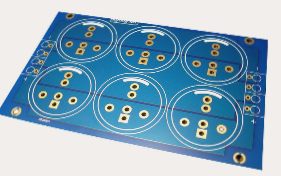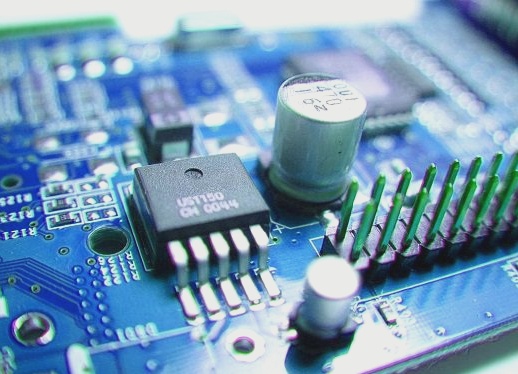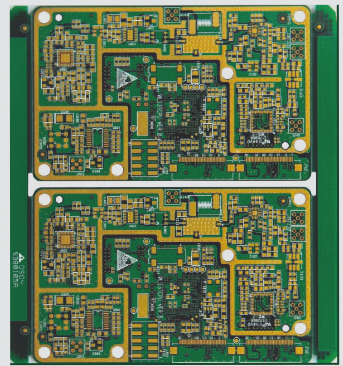Methods of PCB Processing Explained
-
Shearing
Shearing is a crucial method in PCB processing that involves cutting materials based on the PCB frame. This foundational step ensures professional handling of PCB materials, especially those with linear shapes.
-
Punching and Blanking
Punching and blanking are commonly used techniques in PCBA processing, ideal for shaping locally shaped PCB materials. Precision is key in this method, starting with accurate measurements of material thickness and dimensions to ensure perfect alignment during processing.
-
Milling Machine Processing
Milling machine processing offers flexibility in shaping materials of varying sizes and forms. This method allows for precise adjustments, including corner cutting and curvature modifications, to achieve desired results. CNC milling machines excel in processing complex materials with minimal adjustments, making them convenient for diverse industries.
As environmental standards tighten, PCB manufacturers face challenges and opportunities. Embracing environmental concerns can lead to market leadership, especially in FPC products. The demand for high-performance PCB processing technologies is rising alongside China’s electronic information industry development. PCBA products play a vital role in enhancing electronic device stability and preventing wiring errors, ensuring top-notch quality and reliability.
WellCircuits, with certifications like ISO9001:2008, ISO14001, UL, and CQC, excels in producing standardized, high-quality PCB products. Their advanced equipment, including AOI, Flying Probe, and X-ray inspection machines, ensures top-tier production quality. Double FQC inspections guarantee shipments meet IPC II or IPC III standards. For all your PCB manufacturing needs, feel free to contact WellCircuits.





